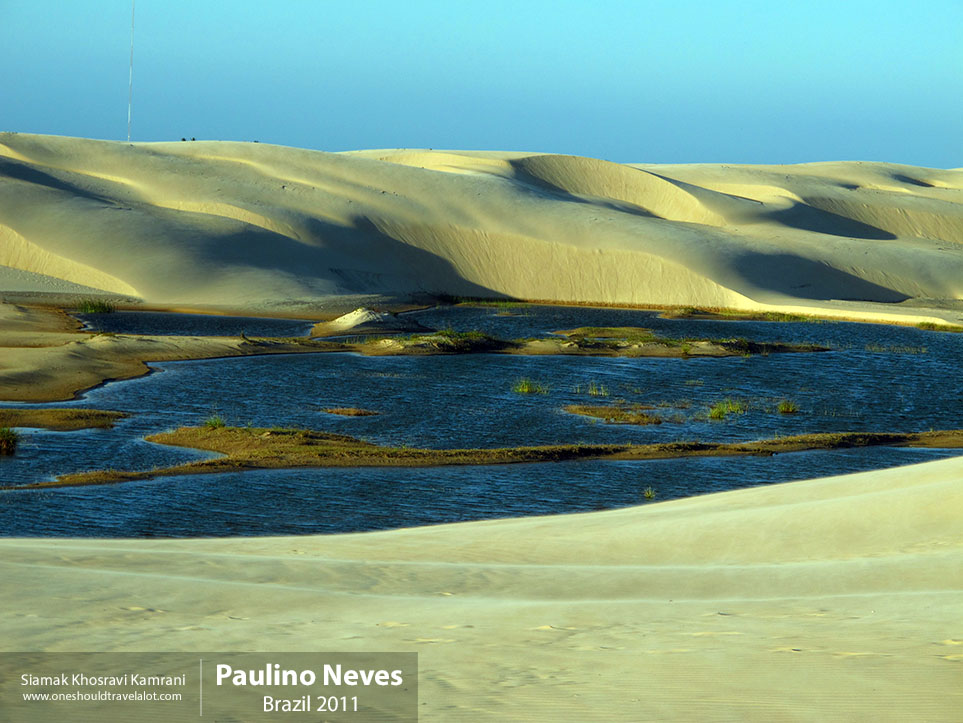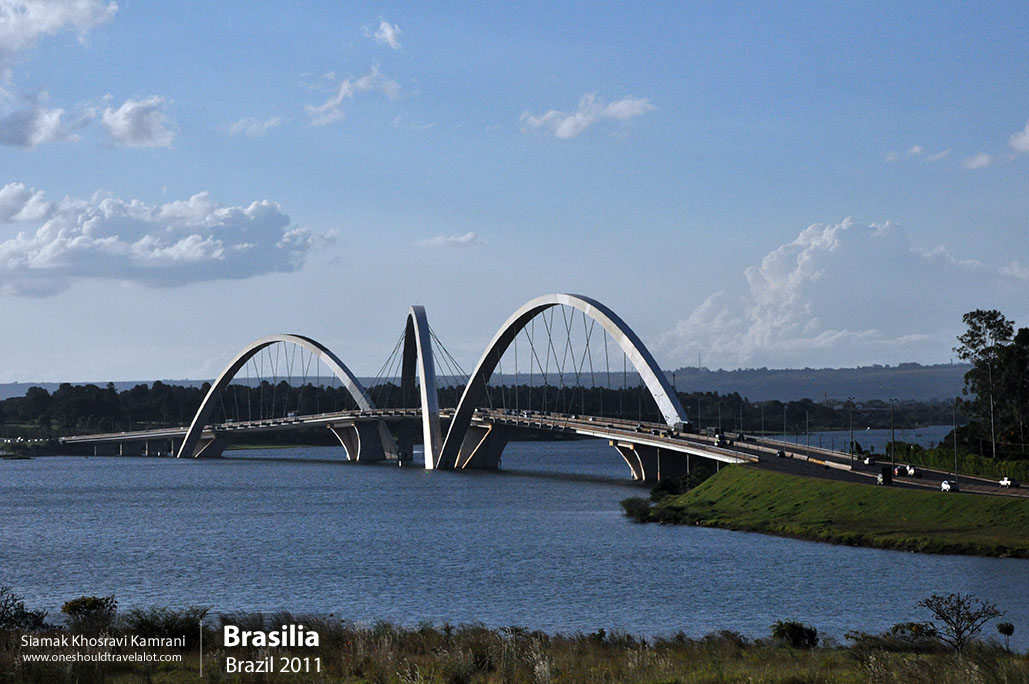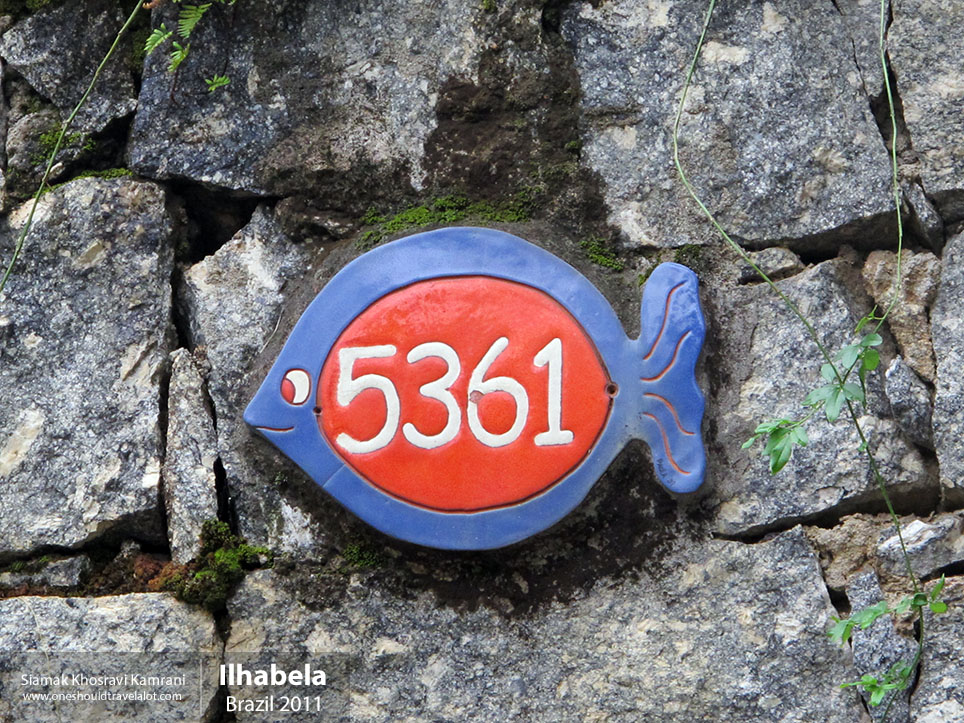Discovering Salvador: The Heartbeat of Brazil
First Impressions
As my plane descended towards Salvador, the first capital of Brazil and the current capital of the Bahia state, I felt an immediate connection to its vibrant energy. The city spread out below me, a mosaic of colorful buildings nestled between lush, green hills and the sparkling Atlantic Ocean. Salvador, often referred to as the “Land of Happiness,” is renowned for its music, cuisine, and colorful festivals, making it a paradise for any photographer eager to capture the essence of Brazilian culture.
Arrival in the Pelourinho District
Stepping out of the airport, I was immediately greeted by the warm, tropical air and the sounds of lively samba music. My destination was Pelourinho, the historic center of Salvador, known for its cobblestone streets and pastel-colored colonial buildings. As I navigated the narrow streets, I couldn’t help but be enchanted by the vibrant atmosphere. Every corner seemed to burst with life and color, from the street vendors selling acarajé, a popular local snack, to the rhythmic beats of drums echoing through the air.
Immersing in the Culture
The Language of the People
Portuguese is the official language of Brazil, and in Salvador, it is spoken with a distinctive Bahian accent that reflects the region’s African heritage. However, the true language of Salvador is music. Everywhere I went, I encountered the sounds of samba, bossa nova, and axé music. The locals, known as Soteropolitanos, are incredibly friendly and always willing to share their love for music and dance.
Culinary Delights
Salvador’s cuisine is a testament to its rich cultural tapestry. The city’s food is heavily influenced by African, Portuguese, and Indigenous traditions. One of my first stops was a bustling street market, where the air was thick with the aroma of freshly cooked food. I tried moqueca, a delicious seafood stew made with coconut milk, palm oil, and an assortment of spices. Another must-try is acarajé, deep-fried balls of black-eyed pea dough stuffed with shrimp and vatapá, a creamy paste made from bread, shrimp, coconut milk, and nuts.
Exploring the City
The Pelourinho: A Photographer’s Dream
Pelourinho, a UNESCO World Heritage Site, is a living museum of Baroque architecture. The brightly painted buildings, ornate churches, and bustling squares provided endless opportunities for photography. I spent hours wandering the streets, capturing the contrast between the colonial past and the vibrant present. The Church of São Francisco, with its gold-leafed interior and intricate woodwork, was particularly striking.
The Energy of Carnival
Salvador is famous for its Carnival, considered one of the largest and most exuberant in the world. Although I visited outside the Carnival season, the city still pulsed with the spirit of celebration. Locals recounted stories of the electrifying parades, where massive trucks known as “trios elétricos” roll through the streets, carrying musicians who play for millions of revelers. Even in the off-season, spontaneous street parties and capoeira performances—an Afro-Brazilian martial art that combines elements of dance, acrobatics, and music—brought the streets to life.
The Beaches of Salvador
No trip to Salvador would be complete without visiting its stunning beaches. I made my way to Porto da Barra Beach, one of the city’s most popular spots. The beach was a perfect place to relax and observe the local way of life. Families gathered for picnics, vendors sold refreshing coconuts and skewers of grilled shrimp, and children played in the gentle waves. The golden sunset over the ocean was a moment of pure magic, and I captured it with my camera, hoping to preserve the beauty and serenity of that evening.
The Spirit of the People
One of the most remarkable aspects of Salvador is the spirit of its people. The city has a deep sense of community, and this is particularly evident in its religious and cultural practices. Salvador is a center for Candomblé, an Afro-Brazilian religion that blends African spiritual traditions with elements of Catholicism. I was fortunate enough to attend a Candomblé ceremony, where participants dressed in white and danced to the rhythm of drums, invoking the orixás, or deities. The experience was profoundly moving and provided a deep insight into the spiritual life of Salvador.
The Standard of Living and Societal Conditions
Salvador is a city of contrasts. While it boasts stunning natural beauty and rich cultural heritage, it also faces significant social and economic challenges. The disparity between the wealthy and the poor is starkly visible, particularly in the favelas, or shantytowns, that surround the city. Despite these challenges, the people of Salvador display an incredible resilience and a zest for life that is truly inspiring. Efforts are being made to improve living conditions and provide better opportunities for the city’s residents, and there is a palpable sense of hope and determination.
Leaving Salvador
As my time in Salvador came to an end, I found myself reflecting on the incredible experiences I had. The city’s vibrant culture, stunning landscapes, and the warmth of its people left an indelible mark on me. Salvador is a place where history and modernity coexist in a colorful, harmonious blend, offering a unique and enriching experience for any traveler.



